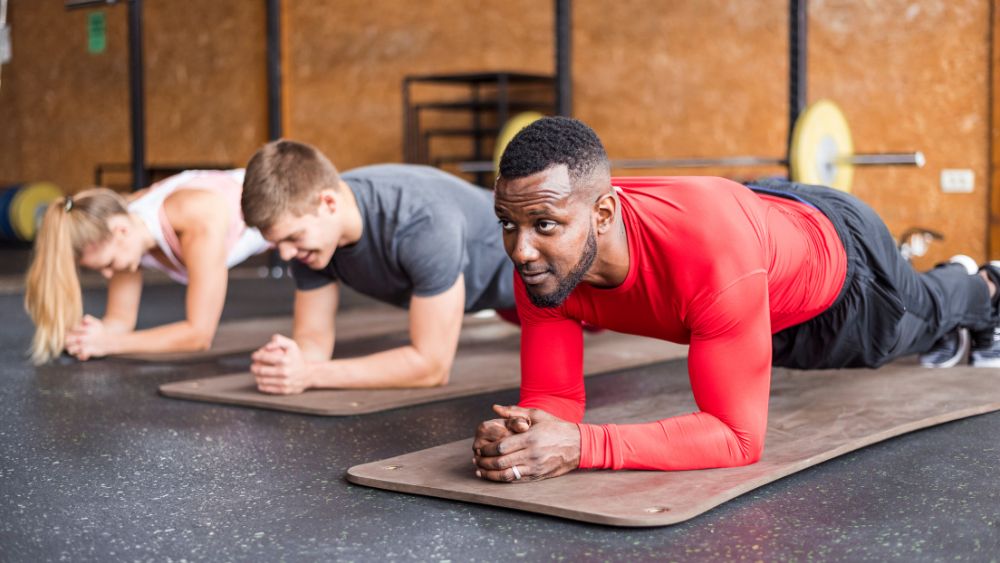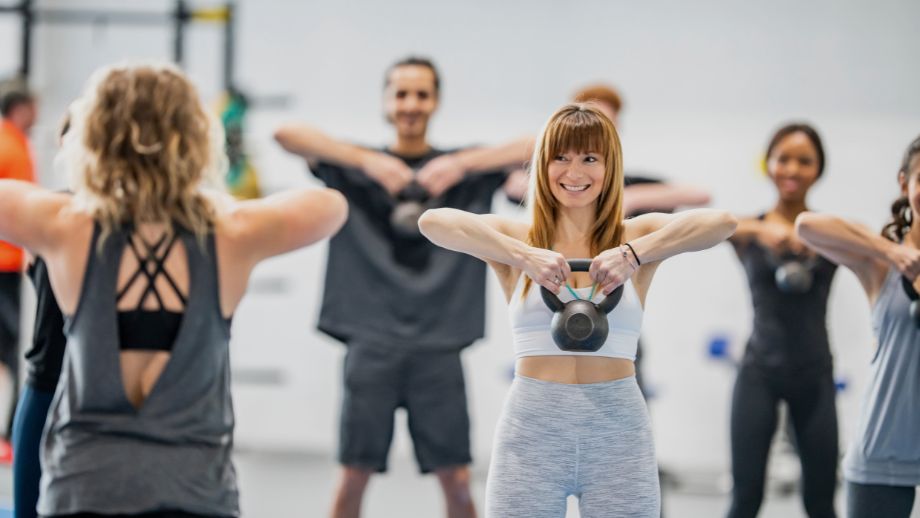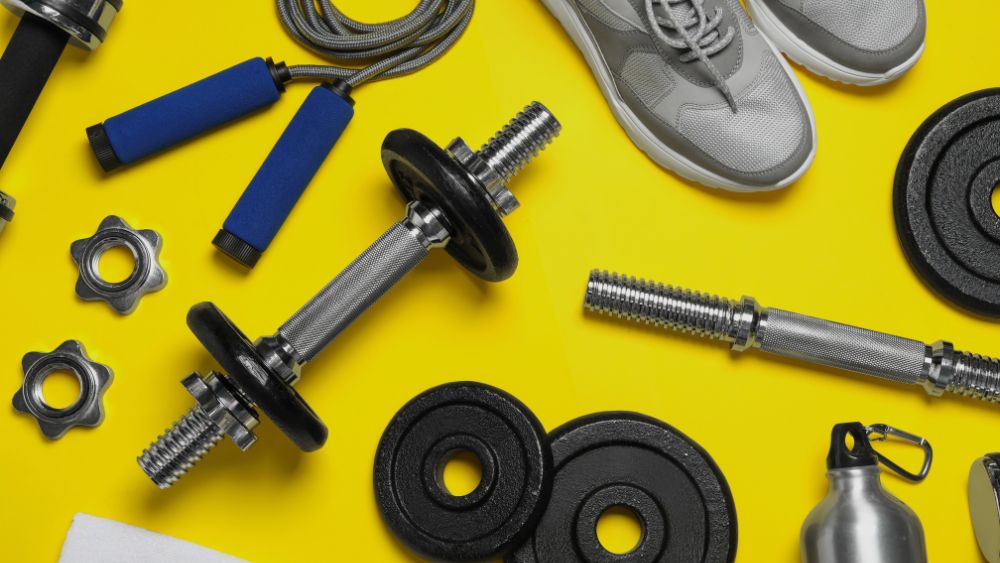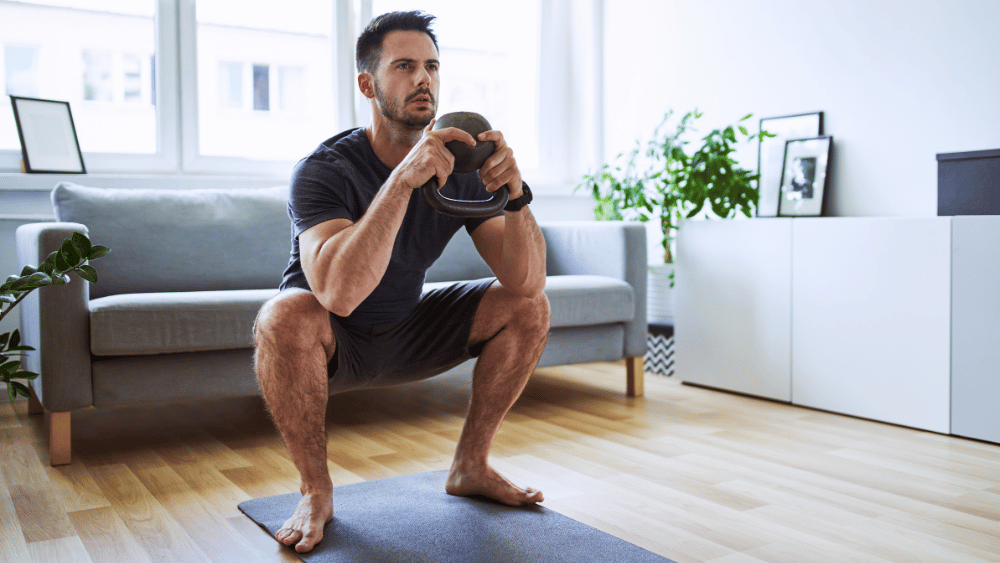Getting Started With Strength Training
Strength training is having a moment, and with good reason!
It’s no surprise that having stronger and more flexible muscles is good for preventing aches and pains, like those we might get in our backs and necks, as well as from injuries.
After age 30, we typically lose around 3-5% of our muscle mass each decade, making us weaker over time. And thanks to research in this area, people are now realising that strength training can be a game-changer for your overall health not just when you’re getting older, but when you’re young too.
The Benefits of Strength Training
A recent study found that weight training can actually help to protect us against diseases, including cancers and heart disease. But the list doesn’t end there though.
“Muscle-strengthening exercises improve glucose metabolism, enhance maintenance of healthy body weight, and help improve cardiovascular risk factors such as blood pressure. All these factors lead to lower risks of cardiovascular disease, cancer, and diabetes, which lowers mortality risk,” explains I-Min Lee, professor of epidemiology at Harvard T.H. Chan School of Public Health.
It can also help to strengthen bones, reduce the chances of injury, help reduce symptoms of menopause and burn more fat. Beyond our bodies, strength training also boosts mental health. Regular strength training is linked to reduced anxiety and depression, and improved self-esteem.
30 to 60 minutes a week of strength training targeting all of the main muscle groups is enough to reap the benefits. You can also start at any age.
You don’t have to go to a gym to build your strength; you can use your bodyweight at home or get some resistance bands or free weights, especially if you’re just starting out.

Getting Started
How To Start Out With Muscle Strengthening Exercises
Start with a simple programme. Don’t overdo it, especially when starting. Consider bodyweight exercises like push-ups, squats, and lunges before adding weights, then use small weights to build up gradually.
Perfect form with lighter weight is always better than poor form with heavier weight. The first few reps you do should be fairly easy, but it's the last two or three that you do in a set which will make the muscle really work. Focus on feeling the target muscle working throughout each movement. Increase weight only when you can complete all sets with good form.
Use controlled, deliberate movements - doing reps slowly and paying attention to what you're doing will put more strain on the muscles and make them work harder.
Remember to breathe as you go, and as always, make sure you warm up first! Allow 48 hours between training the same muscle groups to give your muscles time to recover and grow stronger.

Beginners' Advice On Buying and Using Weights For Strength Training
When starting with weighted exercises, focus on getting comfortable with proper form rather than lifting heavy weights.
Learning to do exercises correctly - so you're working the intended muscles and avoiding injury - is far more important than the amount of weight you're using.
Most women start with dumbbells that weigh between 2 kg and 5 kg, and men with dumbbells that weigh between 5 kg and 10 kg. You'll want to use lighter weights for upper body exercises, and heavier ones for your lower body. But when you're starting a new exercise, try a couple of reps to see if a weight feels appropriate, then build weight gradually over time.

Sets And Reps
Strength Training Lingo for Beginners
It’s useful to know how muscle building exercises are described. Two terms are useful. A “rep”, or repetition, is a single instance of an exercise. And a “set” is the number of repetitions you do together at one time before a rest.
How Many Sets and Reps?
If you’re looking to build strength, go for a low to medium number of reps per exercise, such as 1 to 8. If you want to build muscle, then go with a medium number of reps, from 8 to 15. And if you want to improve endurance then go for a higher number of reps, such as 16 to 20.
Beginners can get hurt if the weight is too heavy, but if it's too light, the muscles won't be pushed hard enough to grow. The goal is to feel a bit tired after 10–15 reps while maintaining good form.

Activity Guidelines
30 to 60 minutes a week of strength training targeting the main muscles groups is understood to be enough to reap real benefits.
WHAT IS ACTIVE TEAMS?
Active Teams delivers everything you need to create a thriving culture of preventative wellbeing through movement and connection, however and wherever your staff work.

